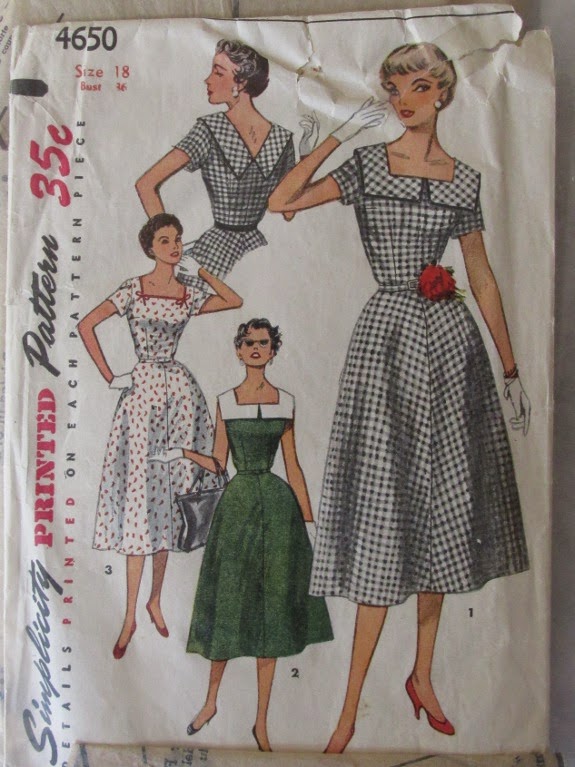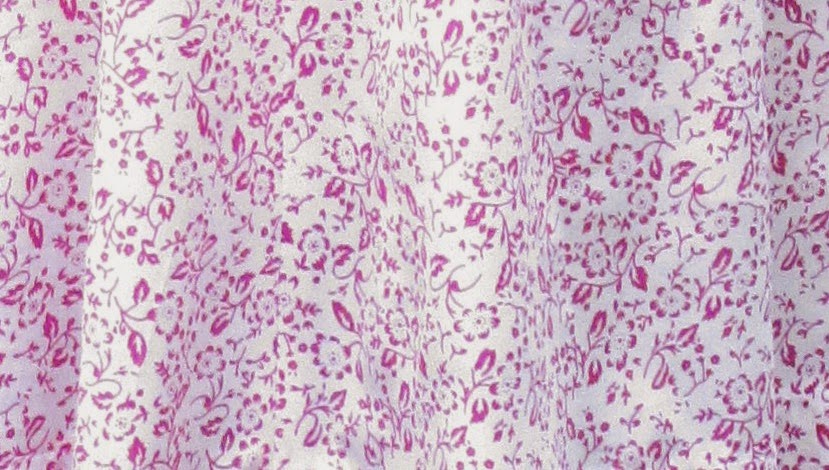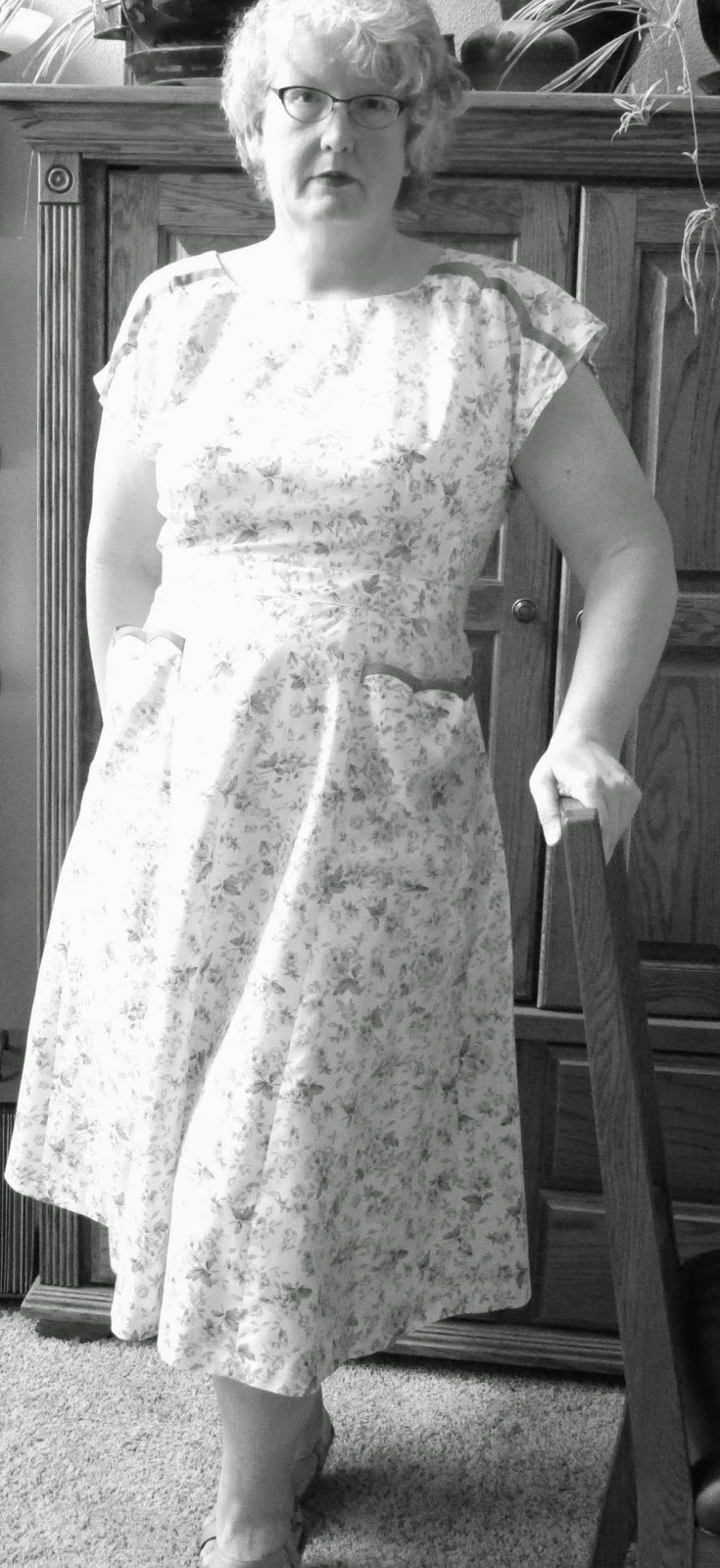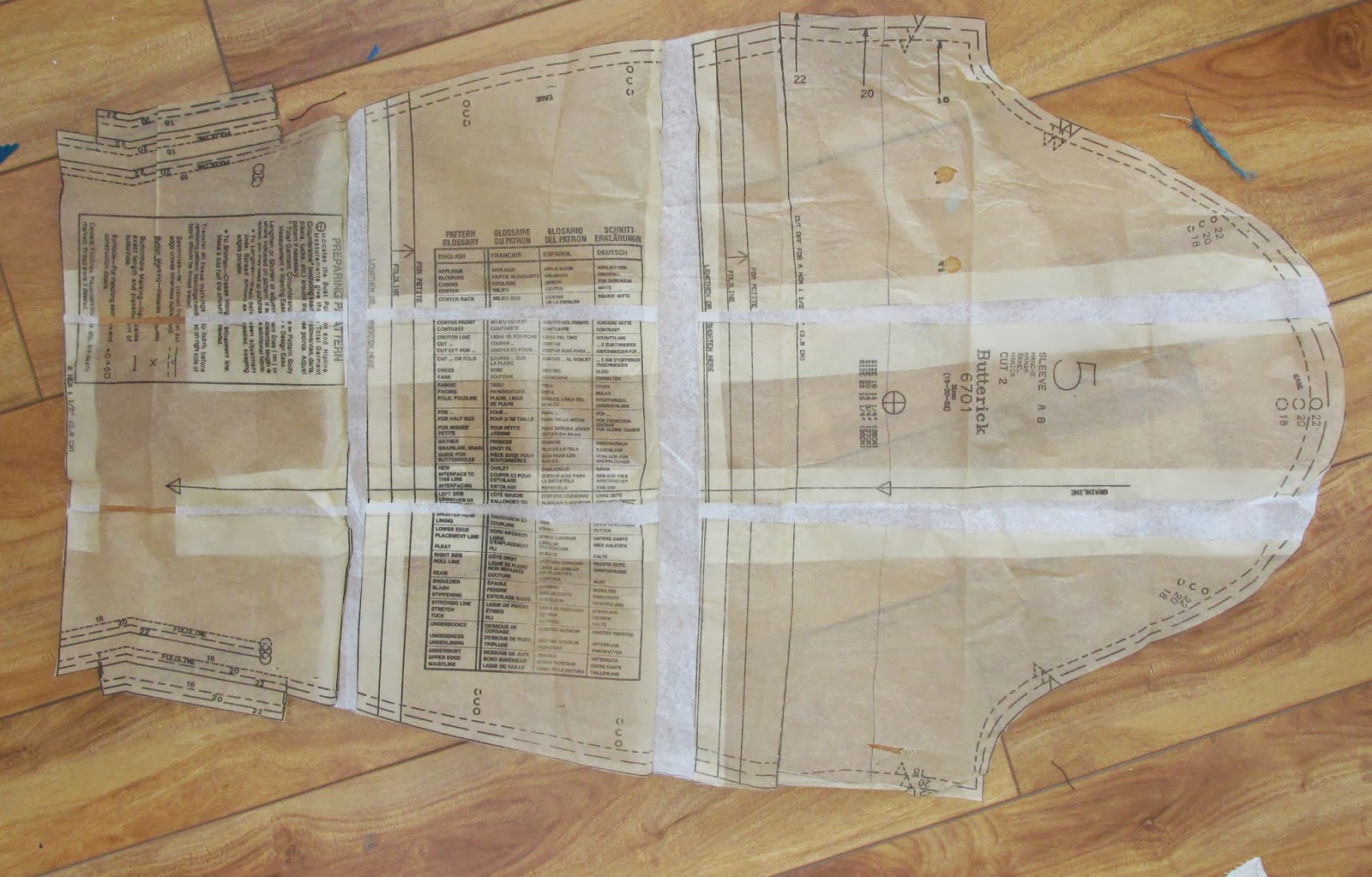Finally, another vintage pattern (almost) completed. I can't find a 1" wide white plastic buckle (although hot pink would be even better) anywhere, so I used a skinny red belt that I have for these pictures. It looks unfinished without a belt.
I wrote about altering the pattern to my size in this post.
I'm very pleased with this. I took my usual massive shortcuts in construction since this is a throw-away dress (here's hoping it does not get too baggy before the end of summer). I used $1 yard polyester from Walmart. I love the pink - it is a hot pink. I don't care for baby pink, but I like hot pink. I wore the dress all day, even managing a 2 hour band rehearsal (I play trombone) in it. I don't normally wear all-over pink, but I'm making myself try out new things.
I applied fuseable interfacing to the facing pieces, rather than sew-in interfacing to the bodice pieces. I did not hand stitch the back of the bias binding in place, I edgestitched with the machine, so it is not even folded over nicely on the inside. But it looks good from the outside. I machine stitched the hem, not even blind-hemming it. The sleeves are finished with bias facings, as the instructions called for. The side zipper is just inserted in the seam, I did not do a lapped zipper for this.
I have a 1" wide interfaced belt in the pink print waiting for the right buckle. I disregarded all belt instructions and made it by using copious amounts of heat-n-bond (for applique) and a bit of invention.
I cut two 1" wide strips of lightweight heat-n-bond, applied the strips to the wrong side of the fabric, roughly cut out around the applied strips, left the backing paper in place, but turned the edges over and pressed the folds in. Then I removed the backing paper, and ironed the turned edges over the exposed heat-in-bond. I cut another 1" strip of heavy weight heat-n-bond, applied it to the backside of one completed fabric strip, then ironed the other fabric strip over it, making sure the edges lined up nicely. I edge stitched the long edges and turned over one short end instead of making a fancy point.
The fit is acceptable, considering I will never use this particular incarnation of the pattern again (the original size should fit me well when I'm done losing weight). I had done a full bust alteration which turned out to be too baggy on the sides of the dress, so I just took a larger dart there. Which makes the tip of the dart a bit strange, as the dart is now quite wide at the base and relatively short. The print of the fabric helps hide this. As does my cardigan habit.
The next version I make of this dress will have the lovely wide collar included.































